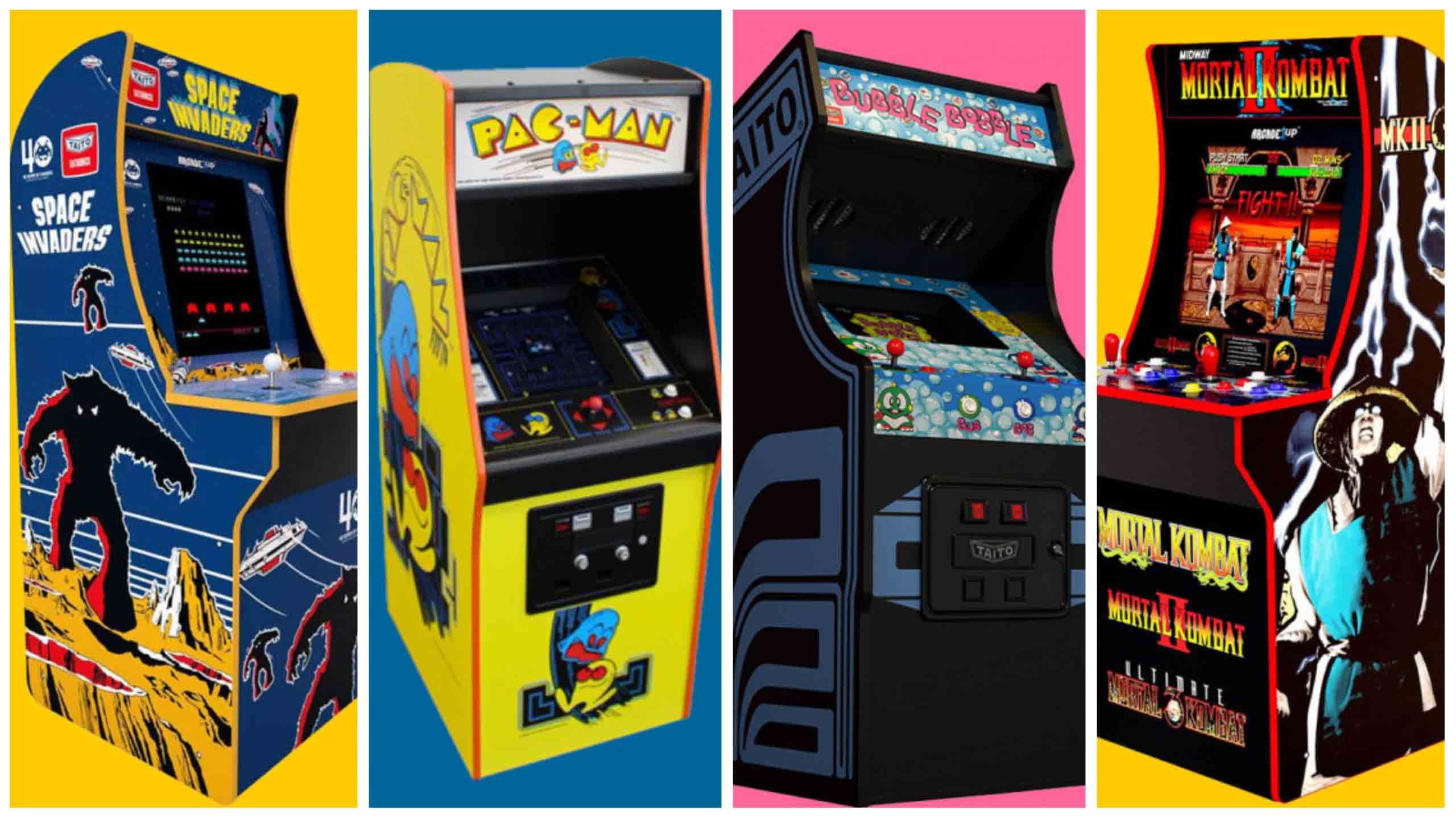Before home consoles took over living rooms, gaming existed in glowing, humming monoliths — arcade cabinets that stood like gateways to other worlds.
Each machine was more than circuitry and art; it was a ritual. You dropped a coin, grabbed the joystick, and fought for glory one quarter at a time.
Today, these same machines — once scattered across smoky arcades and pizza shops — have become high-value collectibles. For enthusiasts, owning an original arcade cabinet isn’t just about nostalgia; it’s about preserving history you can still play.
At Oldies Nest, we’re diving into the rarest, most valuable arcade cabinets that continue to command astonishing prices — and the stories that make them priceless.
The Allure of the Arcade: A Collector’s Dream
In the 1980s, the arcade was the beating heart of gaming culture.
As discussed in The Golden Age of Arcades: 1980–1985, these machines weren’t disposable entertainment — they were community magnets, status symbols, and artistic showcases.
Owning one now isn’t about profit; it’s about possessing a piece of playable art.
Each cabinet combines:
- Artwork — unique side panel illustrations hand-painted or screen-printed.
- Hardware — dedicated boards, CRT displays, and joysticks tuned for that specific game.
- Sound design — synthesized magic echoing through wood and wires.
Collectors often describe finding a rare cabinet as uncovering buried treasure — because in many cases, that’s literally what it is.
1. Polybius (Mythical, but Legendary)
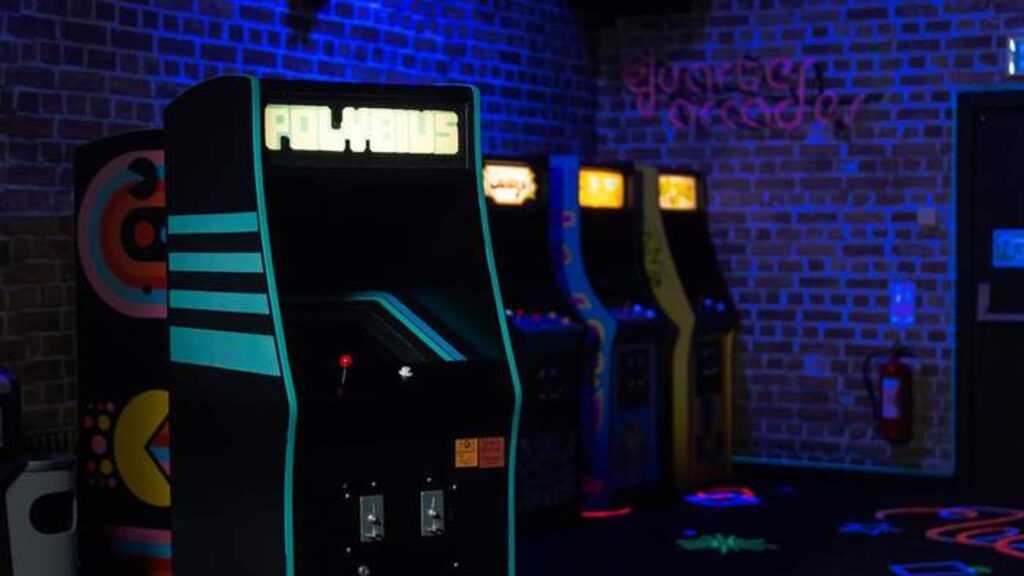
No list of rare cabinets begins without Polybius — the supposed “mind-control” arcade game that allegedly appeared in Portland in 1981 and vanished weeks later.
Though there’s no verified physical cabinet, the myth alone has turned Polybius into the holy grail of arcade lore.
It’s been referenced in TV shows, documentaries, and urban legend circles for decades.
If a genuine prototype ever surfaced, experts estimate it could sell for well over $100,000, making it the most valuable arcade cabinet that technically never existed.
2. Atari’s Quantum (1982)
A true collector’s gem, Quantum was released at the tail end of the arcade boom and suffered commercially — only 500 cabinets were ever made.
The game’s vector graphics and innovative gameplay (drawing atomic orbits with a trackball) make it a cult favorite.
Its scarcity, combined with Atari’s iconic design, pushes prices to $20,000–$30,000 for working units today.
Collectors love it not just for rarity but for its aesthetic purity — a minimalistic machine that feels like digital art.
3. Nintendo’s Radar Scope (1980)
Before Donkey Kong made Mario a star, Nintendo tried to break into Western markets with Radar Scope. It flopped — badly.
But here’s the twist: Nintendo converted leftover Radar Scope cabinets into Donkey Kong machines, making original, unconverted units extremely rare.
Only a handful remain, and one mint cabinet has fetched over $25,000 at auction.
This machine represents a pivotal “what if” moment in Nintendo history — the failure that led to its greatest success.
4. Computer Space (1971)
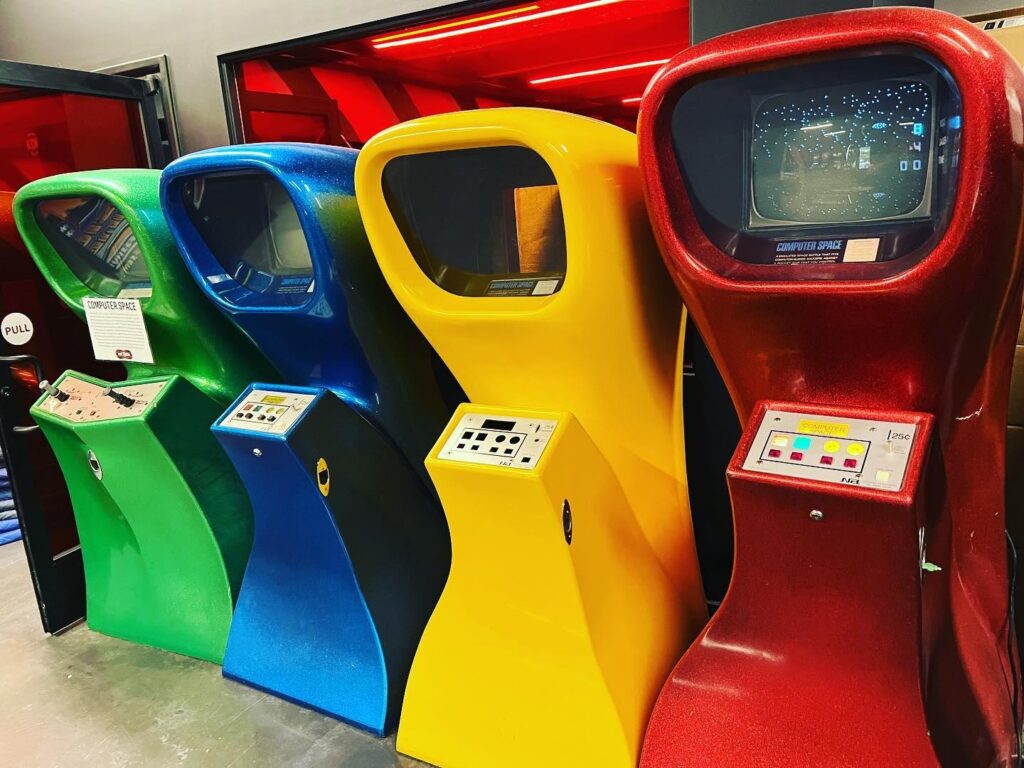
Created by Nolan Bushnell and Ted Dabney before founding Atari, Computer Space was the first commercially sold arcade video game.
Its fiberglass cabinet, designed like a 1970s spaceship, is a piece of industrial art.
Though it confused most players at launch, its historical significance is immeasurable.
Today, authentic, working units can fetch $20,000–$40,000, depending on condition.
It’s not just rare — it’s the origin story of gaming itself.
5. Sega R360 (1990)
Leave it to Sega to build one of the most ambitious — and dangerous — arcade machines ever made.
The R360 was a massive, gyroscopic cockpit that rotated a full 360 degrees, letting players physically spin through flight simulations.
It required an attendant to operate and cost over $100,000 new.
Few were built, and even fewer survived. Fully functional units now command $50,000+, with collectors often facing the additional challenge of maintaining hydraulic and mechanical systems.
As highlighted in The Rise of Sega: From Arcades to Consoles, Sega’s risk-taking hardware defined its identity — and the R360 is the boldest example of all.
6. Atari’s Major Havoc (1983)
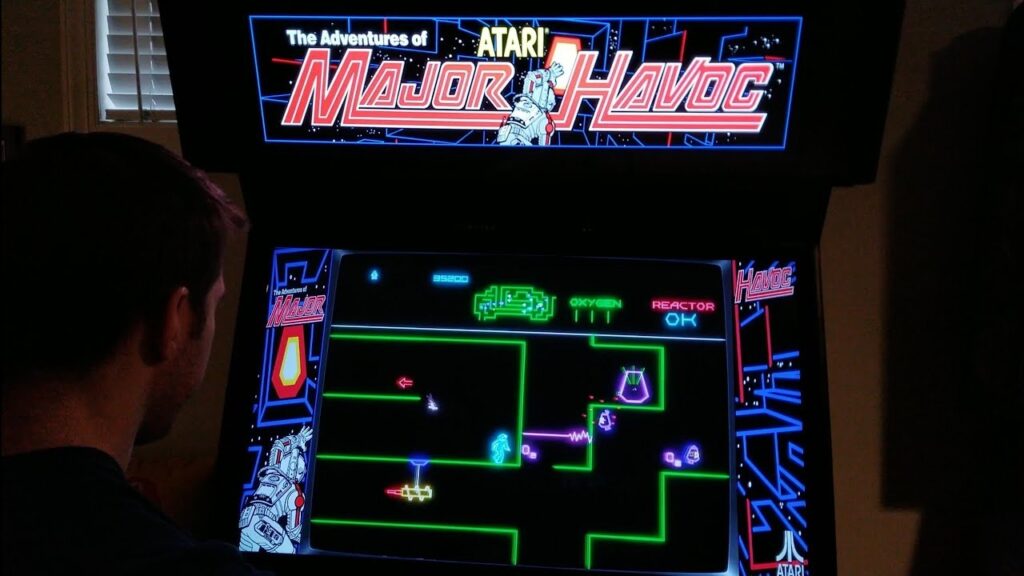
A commercial failure turned cult treasure.
Only around 300 dedicated cabinets were produced, and many were later converted to other games. Its vector display and space-faring platforming gameplay were ahead of their time.
Today, collectors hunt for any original Major Havoc cabinet with its distinctive side art and unique control spinner intact. Prices easily exceed $20,000 for restored examples.
7. Taito’s Ice Cold Beer (1983)
This one’s a sleeper hit in the collecting world. Ice Cold Beer combined mechanical engineering with arcade precision — a metal bar balancing act controlled by dual joysticks.
Its unique gameplay, paired with Taito’s limited production, has turned it into a cult favorite.
Reconditioned cabinets often sell between $8,000 and $15,000, and demand keeps rising thanks to bar-arcade revivals.
8. Cinematronics’ Dragon’s Lair (1983)
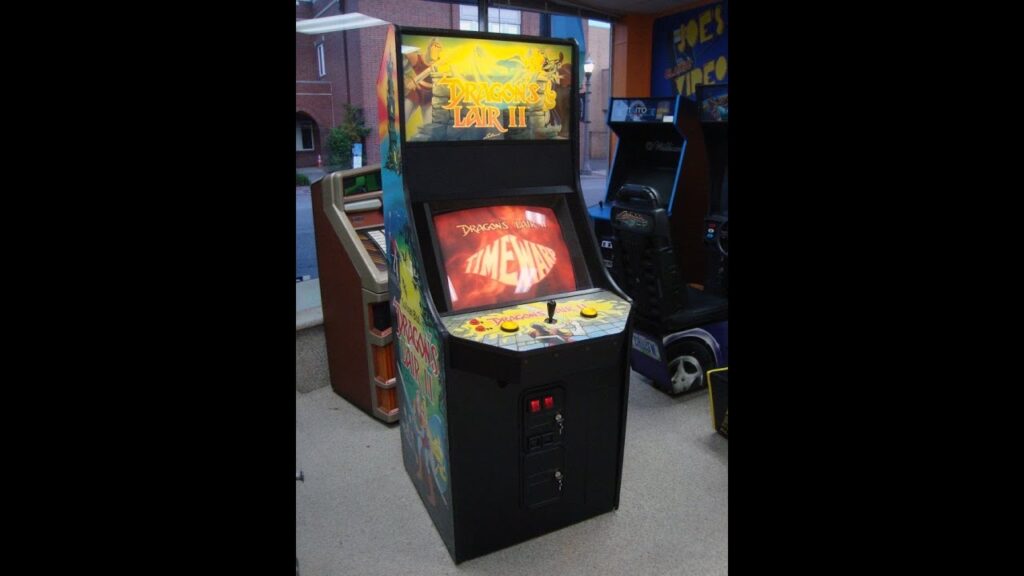
LaserDisc technology, full-motion animation, and Don Bluth’s art — Dragon’s Lair was the first arcade game to look like a cartoon.
Its high cost and fragile LaserDisc hardware limited production, but its impact was enormous.
Working originals, especially with authentic discs and CRTs, can reach $20,000+.
For collectors, Dragon’s Lair isn’t just a game — it’s interactive cinema.
9. Discs of Tron (1983)
The spiritual successor to Tron, this cabinet is a marvel of design — a glowing, immersive booth with ultraviolet lighting and surround sound.
Because it was released near the crash of 1983, production numbers were low.
Complete environmental versions can command $15,000–$25,000 depending on restoration quality.
Its rarity and aesthetic make it one of the most sought-after “showpiece” cabinets for serious collectors.
10. Star Wars Cockpit Cabinet (1983)
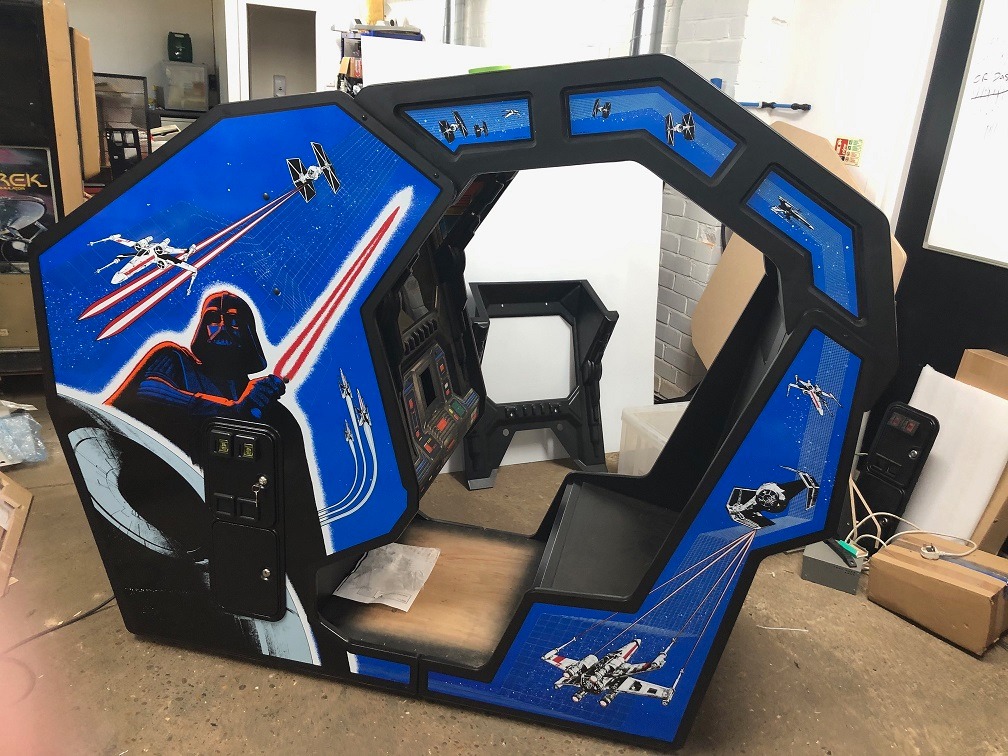
Vector graphics, digitized voices, and that unforgettable whoosh of an X-Wing — Atari’s Star Wars arcade remains one of the most beloved cabinets of all time.
The sit-down “cockpit” model, with its molded seat and glowing yoke, is a holy grail for fans.
Fully restored units with original monitors regularly exceed $20,000, and pristine examples can reach $30,000 or more.
For many collectors, owning one isn’t about profit — it’s about reliving the childhood dream of flying through the Death Star trench.
The Economics of Arcade Collecting
Arcade collecting sits at the intersection of nostalgia, craftsmanship, and scarcity economics.
- Limited production: Many cabinets were destroyed or converted.
- Repair challenges: CRTs, boards, and power supplies are increasingly rare.
- Cultural value: Each machine is a tangible snapshot of an era.
For investors, they’re appreciating assets. For purists, they’re time machines.
As covered in Retro Game Collecting: Where to Start, restoring and maintaining these giants is an art form in itself — one that requires patience, passion, and a deep respect for gaming history.
Preserving the Glow: Restoration and Maintenance
Restoring old cabinets is no small feat. Collectors often spend months:
- Repainting side art by hand.
- Sourcing original CRT tubes or control panels.
- Rewiring boards with painstaking precision.
But when the screen flickers to life, and that 8-bit jingle fills the air, the feeling is indescribable.
It’s the joy of bringing history back from silence — a playable resurrection.
Museums like the National Videogame Museum and preservation groups such as The Strong in New York ensure that these relics remain accessible to future generations.
Why Arcade Cabinets Will Always Matter
Unlike modern gaming setups, arcade machines have presence. You can feel their weight, their hum, their glow.
Each joystick grip, each coin slot tells a story — of quarters won and lost, of crowds gathered in awe.
Even as digital emulation grows, collectors insist: nothing beats the real cabinet.
It’s not just about owning the game. It’s about owning the experience.
Conclusion: Treasure of the Golden Era
Arcade cabinets are more than machines — they’re monuments.
They represent a time when gaming was communal, physical, and larger than life.
Whether it’s a rare Quantum tucked away in a collector’s basement or a lovingly restored Star Wars cockpit glowing in a game room, these artifacts remind us where it all began — in neon lights and the sound of clinking quarters.
For collectors, the true fortune isn’t in the price tag.
It’s in the preservation of joy — one cabinet, one game, one glowing screen at a time.
